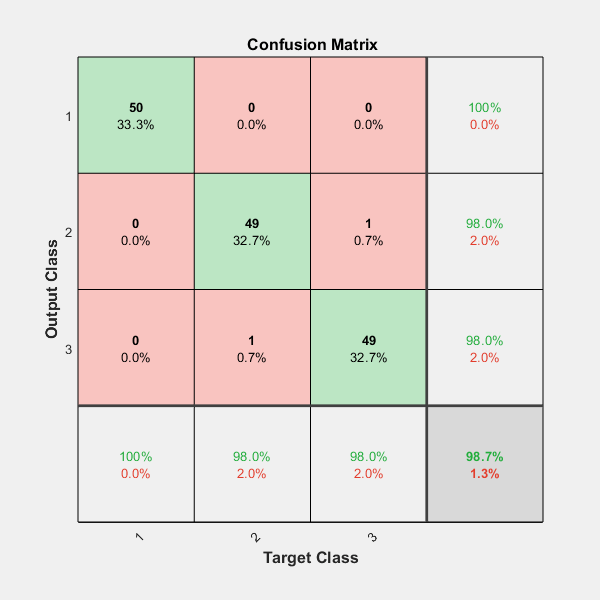trainSoftmaxLayer
Train a softmax layer for classification
Description
net = trainSoftmaxLayer(X,T,Name,Value)net, with additional options
specified by one or more of the Name,Value pair
arguments.
For example, you can specify the loss function.
Examples
Input Arguments
Name-Value Arguments
Output Arguments
Version History
Introduced in R2015b
